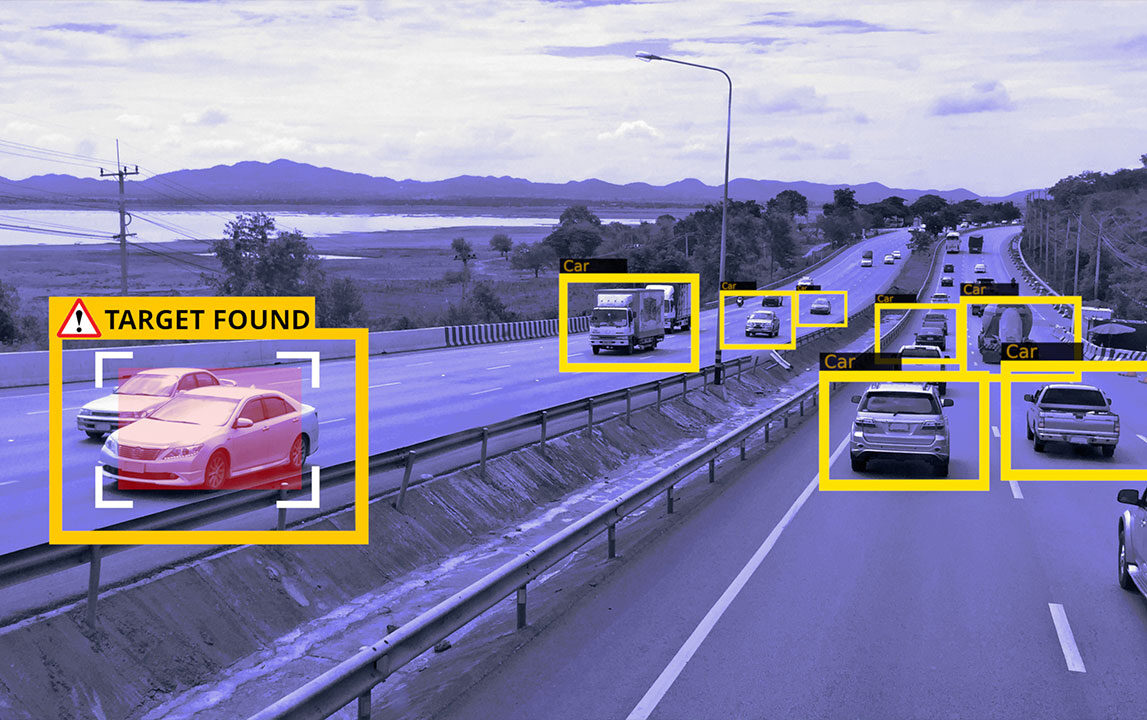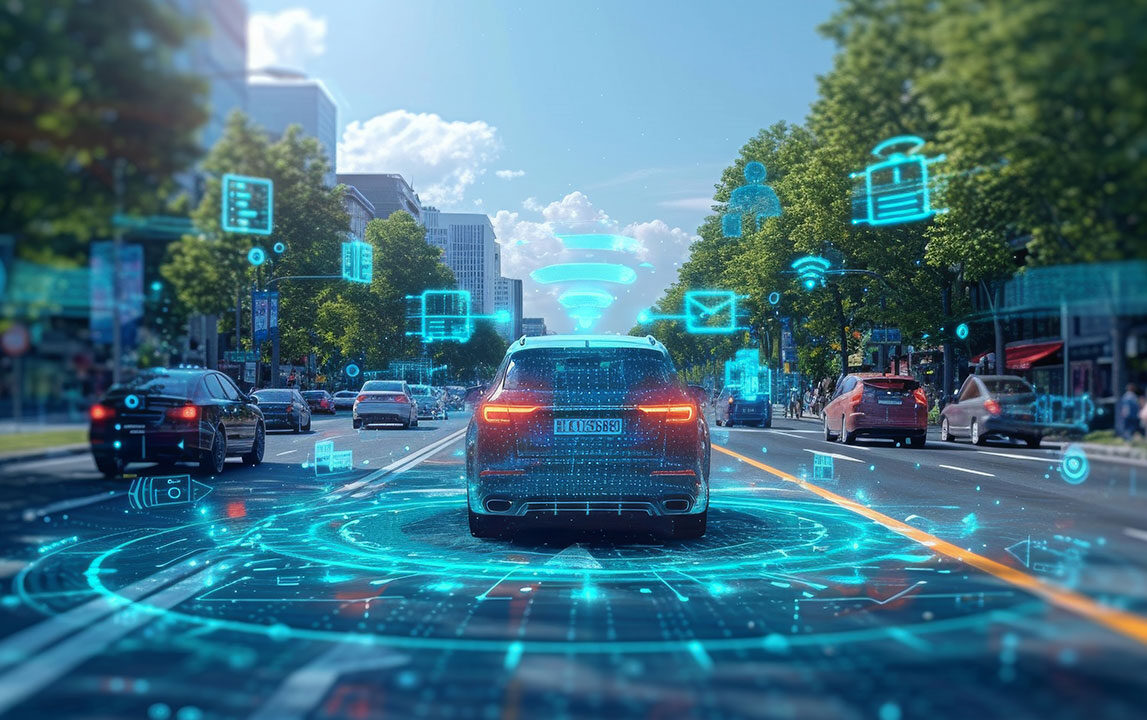Case Study
Enhancing Vehicle Recognition with AI-Powered LiDAR Object Detection

Sensor Operation
Processing Latency
Comprehensive Object Detection
Background
In the automotive industry, the integration of LiDAR object detection with Artificial Intelligence (AI) has opened new possibilities for enhancing vehicle detection and monitoring systems.
LiDAR (Light Detection and Ranging) is a remote sensing method that uses light in the form of a pulsed laser to measure variable distances to the earth. This technology is crucial for autonomous vehicles and advanced driver-assistance systems (ADAS).
A leading LiDAR manufacturer sought to showcase the capabilities of their sensors, which boasted a market-first one-kilometer range in tracking, by integrating AI and Machine Learning to enhance object detection and classification across various conditions.
Challenge
The primary challenge was demonstrating the effectiveness and versatility of the LiDAR sensors in real-world applications.
The manufacturer needed to show how their sensors coupled with AI and ML, could accurately detect and classify various objects on the road, such as vehicles, pedestrians and traffic signs, regardless of weather conditions and climate.
Furthermore, they needed to address specific client requirements for monitoring highway traffic to detect wrong-way drivers and speed violators posing further challenges in sensor accuracy and data processing.
Solution
To address these challenges, the project team implemented a comprehensive solution combining LiDAR object detection with camera inputs to provide a robust object detection system.
LiDAR sensors mounted on vehicles capture point clouds and camera images, which are then processed using AI and deep learning algorithms to segment drivable areas, identify vehicles, and classify objects based on distance and size
Machine Learning techniques, particularly clustering algorithms, were used for traffic monitoring, detecting violations such as wrong-way driving or speeding. Users could customise their experience by defining specific zones and viewing detected objects in both 2D and 3D visualisation.



Impact
By integrating AI and ML with their LiDAR sensors, the manufacturer showcased superior capabilities. The one-kilometer LiDAR range in tracking became a unique selling point, setting them apart in the market.
Accurate detection of violations(e.g., wrong-way driving, speeding) enhanced highway safety.
The LiDAR technology outperformed traditional cameras, functioning reliably in various conditions(low light, adverse weather).
Additionally, the combined power of LiDAR object detection and AI can be employed in defense for early trespasser alerts managing large parking lots and enhancing home safety with burglar alerts significantly impacting sales, safety, and technology advancements.
Services rendered
Tata Elxsi
- Project Planning & Requirement Analysis
- Data Integration
- Algorithm Development & Implementation
- System Integration
- Customisation & Visualisation
- Testing & Validation
- Deployment & Monitoring
- Training & Support
- Impact Analysis & Reporting



